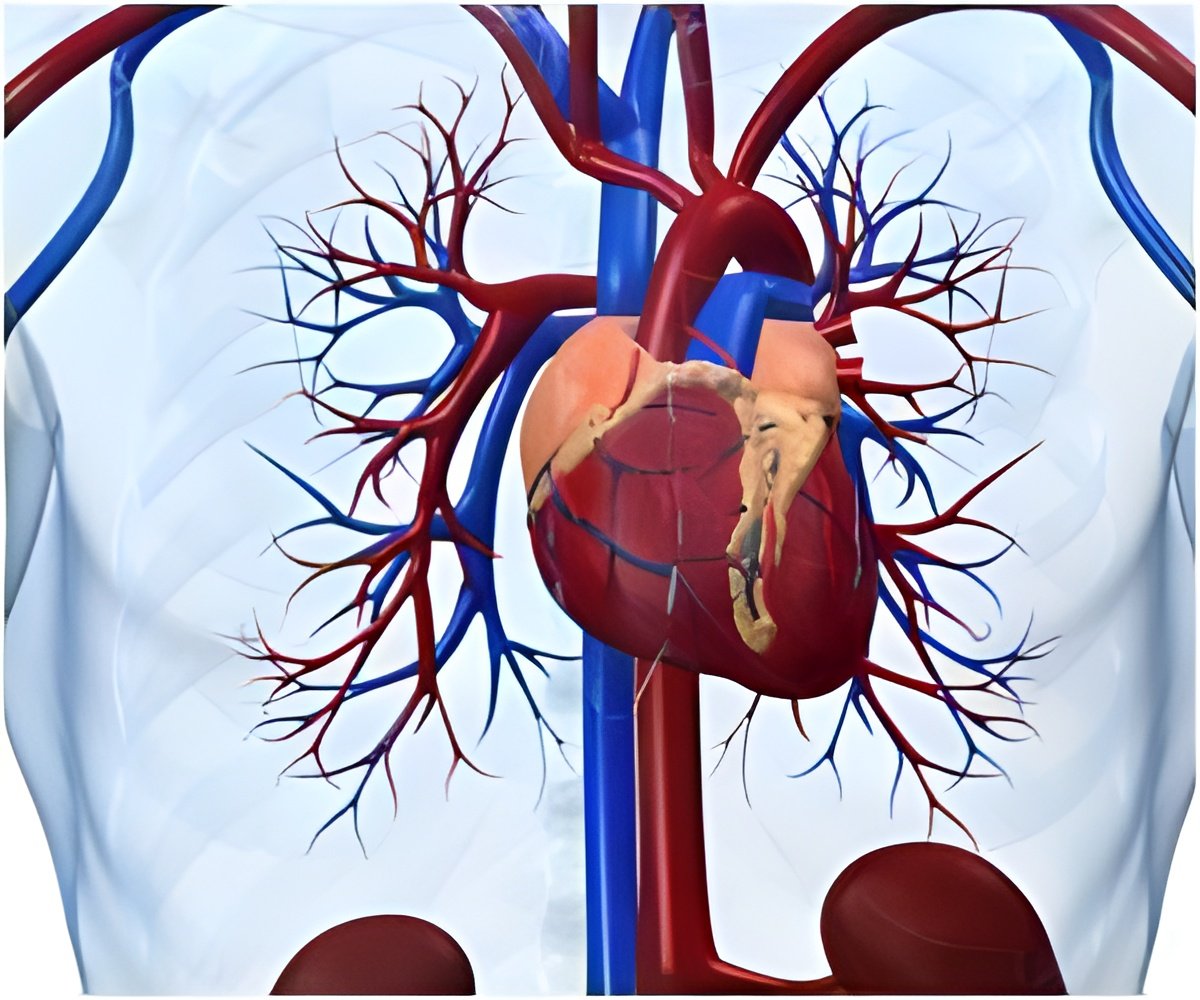Previous research has indicated that when you suffer a heart attack, a part of your heart dies.

Needless to say, this is a grossly inefficient way to treat arguably the single most important organ in the human body. The best approach would be to figure out how to resuscitate the deadened area, and in this quest, a group of researchers at Brown University and in India may have an answer.
The scientists turned to nanotechnology. In a lab, they built a scaffold-looking structure consisting of carbon nanofibers and a government-approved polymer. Tests showed the synthetic nanopatch regenerated natural heart tissue cells – called cardiomyocytes – as well as neurons. In short, the tests showed that a dead region of the heart can be brought back to life.
"This whole idea is to put something where dead tissue is to help regenerate it, so that you eventually have a healthy heart," said David Stout, a graduate student in the School of Engineering at Brown and the lead author of the paper published in Acta Biomaterialia.
The approach, if successful, would help millions of people. In 2009, some 785,000 Americans suffered a new heart attack linked to weakness caused by the scarred cardiac muscle from a previous heart attack, according to the American Heart Association. Just as ominously, a third of women and a fifth of men who have experienced a heart attack will have another one within six years, the researchers added, citing the American Heart Association.
What is unique about the experiments at Brown and at the India Institute of Technology Kanpur is the engineers employed carbon nanofibers, helical-shaped tubes with diameters between 60 and 200 nanometers. The carbon nanofibers work well because they are excellent conductors of electrons, performing the kind of electrical connections the heart relies upon for keeping a steady beat. The researchers stitched the nanofibers together using a poly lactic-co-glycolic acid polymer to form a mesh about 22 millimeters long and 15 microns thick and resembling "a black Band Aid," Stout said. They laid the mesh on a glass substrate to test whether cardiomyocytes would colonize the surface and grow more cells.
Advertisement
Source-Eurekalert











